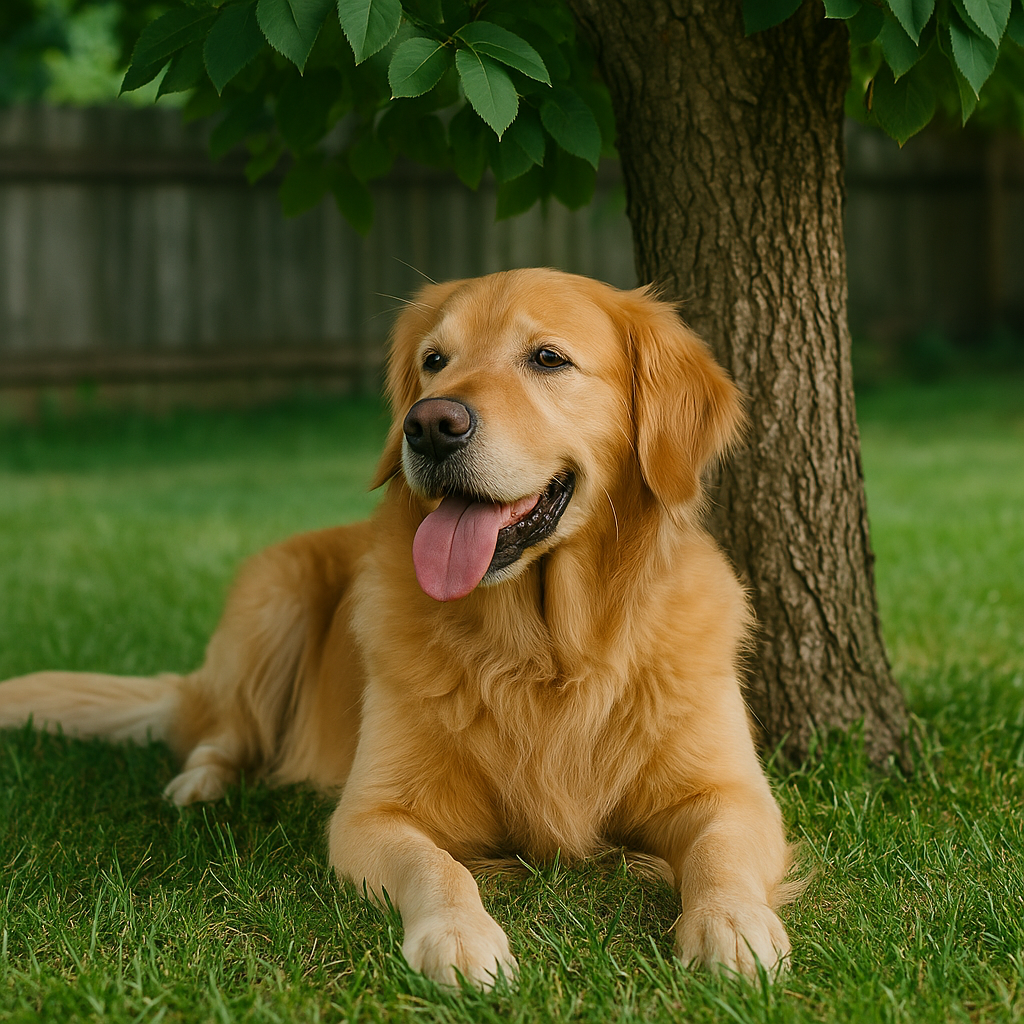
7 Signs Your Dog Is Overheating – Plus Summer Safety Tips to Prevent Heatstroke
Share
Introduction
As temperatures rise, dogs become more vulnerable to overheating. Unlike humans, dogs can't sweat to cool themselves efficiently. If left unchecked, heat can quickly lead to dangerous conditions like dehydration or even heatstroke. That's why it's crucial to recognize the early signs of dog overheating and act fast.
In this guide, we’ll break down the 7 most common symptoms of overheating in dogs, explain why they happen, and give you actionable summer care tips — including grooming, hydration, and cooling products — to keep your furry companion safe.
Why Overheating in Dogs Is Dangerous
When a dog’s body temperature rises above 103°F (39.4°C), it enters the danger zone. Without proper cooling, your dog may suffer from:
- Heat exhaustion
- Dehydration
- Heatstroke (can cause organ failure or death)
Heatstroke in dogs progresses fast — so recognizing the signs early can save your pet's life.
7 Signs Your Dog Is Overheating
1. Excessive Panting
If your dog is panting more than usual or faster than normal, it’s their first attempt to regulate temperature.
2. Drooling More Than Normal
Sticky, thick saliva is a sign your dog is struggling to cool down.
3. Bright Red Gums and Tongue
Overheated dogs often show flushed gums and an unusually red tongue.
4. Lethargy or Weakness
If your dog refuses to move or looks fatigued, it may be overheating.
5. Vomiting or Diarrhea
These symptoms indicate heat exhaustion is affecting internal organs.
6. Uncoordinated Movements or Collapsing
Loss of balance or collapsing is a severe sign and needs emergency care.
7. Glassy Eyes or Confusion
Your dog may look dazed, confused, or respond unusually to commands.
Summer Safety Tips to Prevent Heatstroke in Dogs
To keep your dog cool and safe this summer, follow these essential tips:
🧊 1. Provide a Cooling Bed
Use a breathable, foldable pet bed designed for warm weather. Check out our blog: Cooling Dog Beds for Summer
💧 2. Ensure Constant Access to Water
Keep a no-spill water bowl indoors and outdoors. Refill it with clean, cool water 2–3 times a day.
✂️ 3. Regular Grooming
Brush off extra fur, especially in double-coated breeds. Use a de-shedding tool for better airflow.
🌳 4. Avoid Walks During Peak Heat
Walk your dog in early mornings or late evenings. Avoid hot pavement that can burn paws.
🏡 5. Create Shady Spaces
Use umbrellas, tents, or let your dog chill indoors with a fan or AC.
🧪 6. Monitor for Subtle Symptoms
Every dog is different — some might show just 1 or 2 signs. Observe their behavior in heat carefully.
Product Spotlight: No-Spill Dog Water Bowl
Hydration is the first defense against overheating.
Our Anti-Splash Water Bowl is designed to keep floors dry and your dog hydrated all day:
- 🐾 Floating Lid keeps water clean and controlled
- ✅ Non-Tip Design — great for travel or active pups
- 🧼 Easy to Clean & Portable
🛒 Shop the Anti-Spill Water Bowl →
Frequently Asked Questions (FAQ)
Q1: What temperature is too hot for dogs?
Temperatures above 29°C (85°F) can be risky, especially with high humidity.
Q2: How do I cool down my dog quickly?
Offer cool water, move them to a shady spot, use a cooling towel or a fan.
Q3: Can dogs get heatstroke indoors?
Yes. Poor ventilation or closed cars can lead to fatal overheating.
Q4: Which dog breeds are most sensitive to heat?
Brachycephalic breeds like Bulldogs, Pugs, and Boxers are at higher risk.
Conclusion
Overheating is preventable — and awareness is your dog’s best protection. Whether you live in a tropical climate or just experience hot summers, understanding the symptoms of heatstroke in dogs can literally be life-saving.
Use cooling beds, hydrate smartly, avoid peak heat, and most importantly — be present and alert. Your dog will thank you with tail wags and safe, happy summers ❤️
